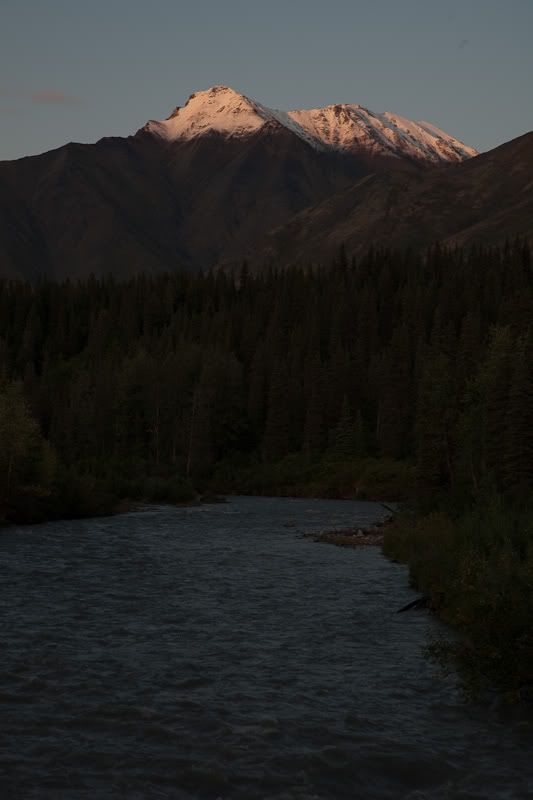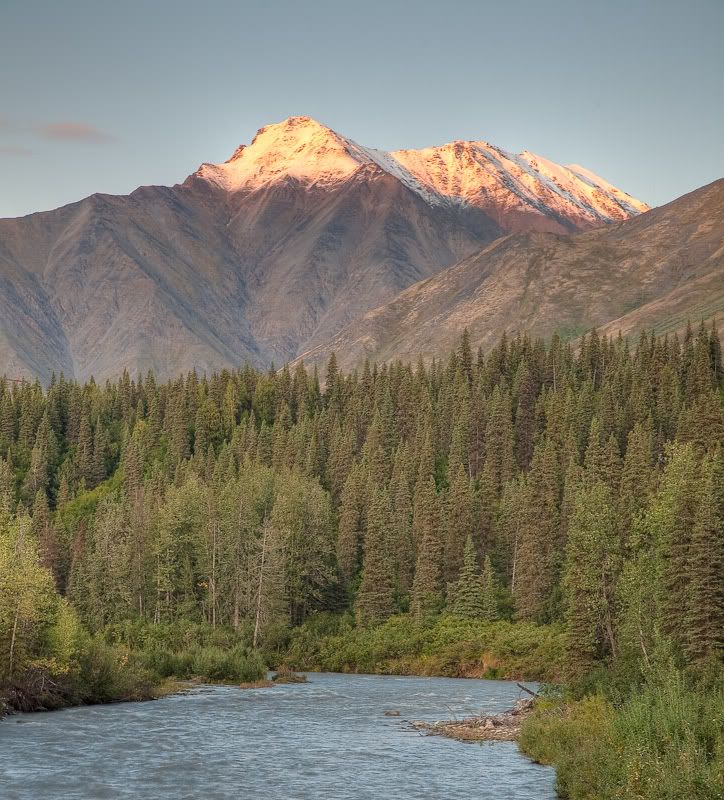Hi there! I'll be camping in the desert (along route 66) this weekend and will pass by some small ghost town like structures. I want to shoot with the intention of processing HDR.
Any tips for me?
I'll be bringing a tripod, cable release, and a CP filter.
Thanks.



 LinkBack URL
LinkBack URL About LinkBacks
About LinkBacks
 Reply With Quote
Reply With Quote






